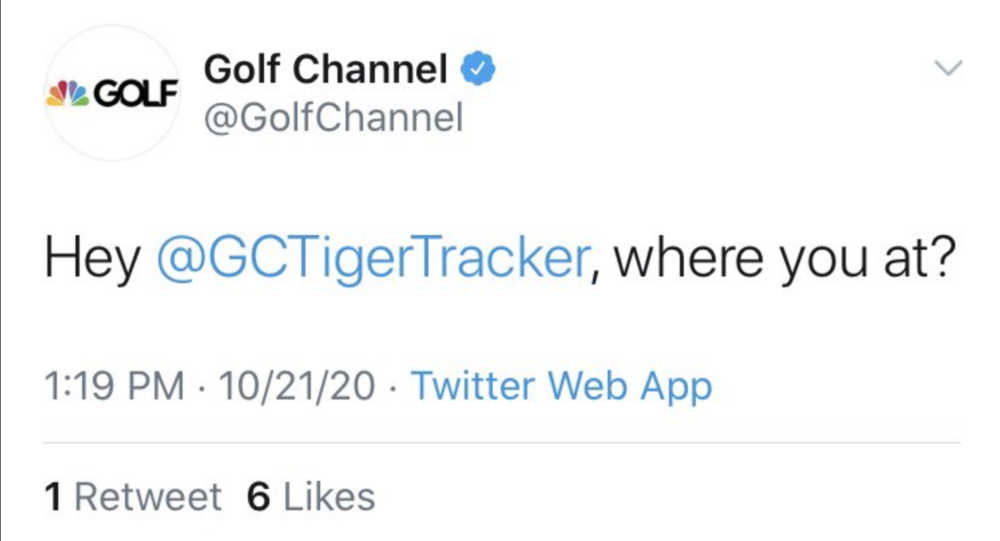A tradition we sincerely hope is unlike any other: the October run-up to a rescheduled Masters culminates for most players with the ZOZO Championship final round at Sherwood Country Club.
Normally we get the West Coast and Florida swings to build up to Augusta. This year, we have a collection of fall events that are not the usual building blocks to Augusta, though at this week’s ZOZO, a fun test rewarding all types of player.
The leaderboard heading into Sunday’s finale features several expected Masters leading contenders and any number of possible upstarts with a shot. Eleven players are within four strokes of Justin Thomas’s one-stroke lead over Jon Rahm (63).
Adding to the intrigue: cooler and breezier conditions forecast for Sunday at Sherwood, which nobly stood in as the host venue for the Japan-based event. After three days of fairly benign conditions, players may face a bit more on top of hoping to capture a PGA Tour title so close to the Masters.
Key notes from the PGA Tour:





